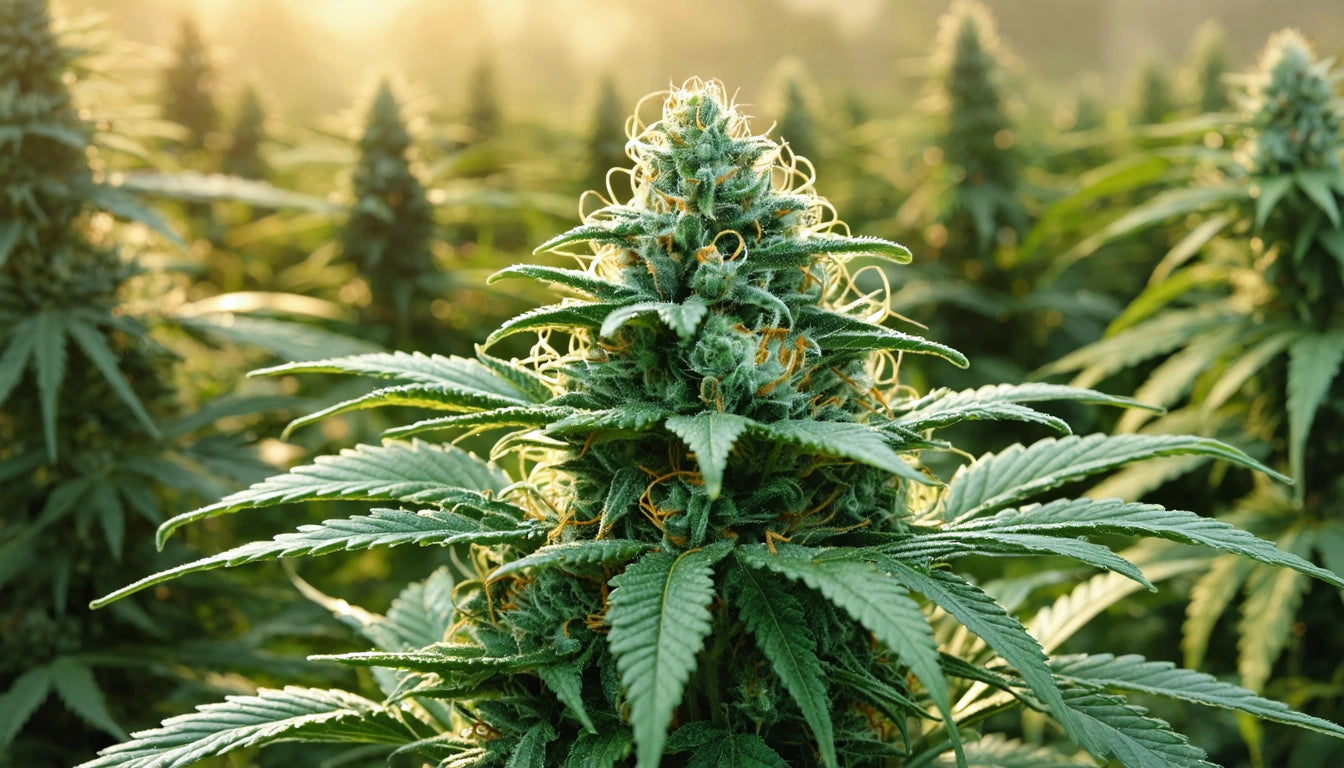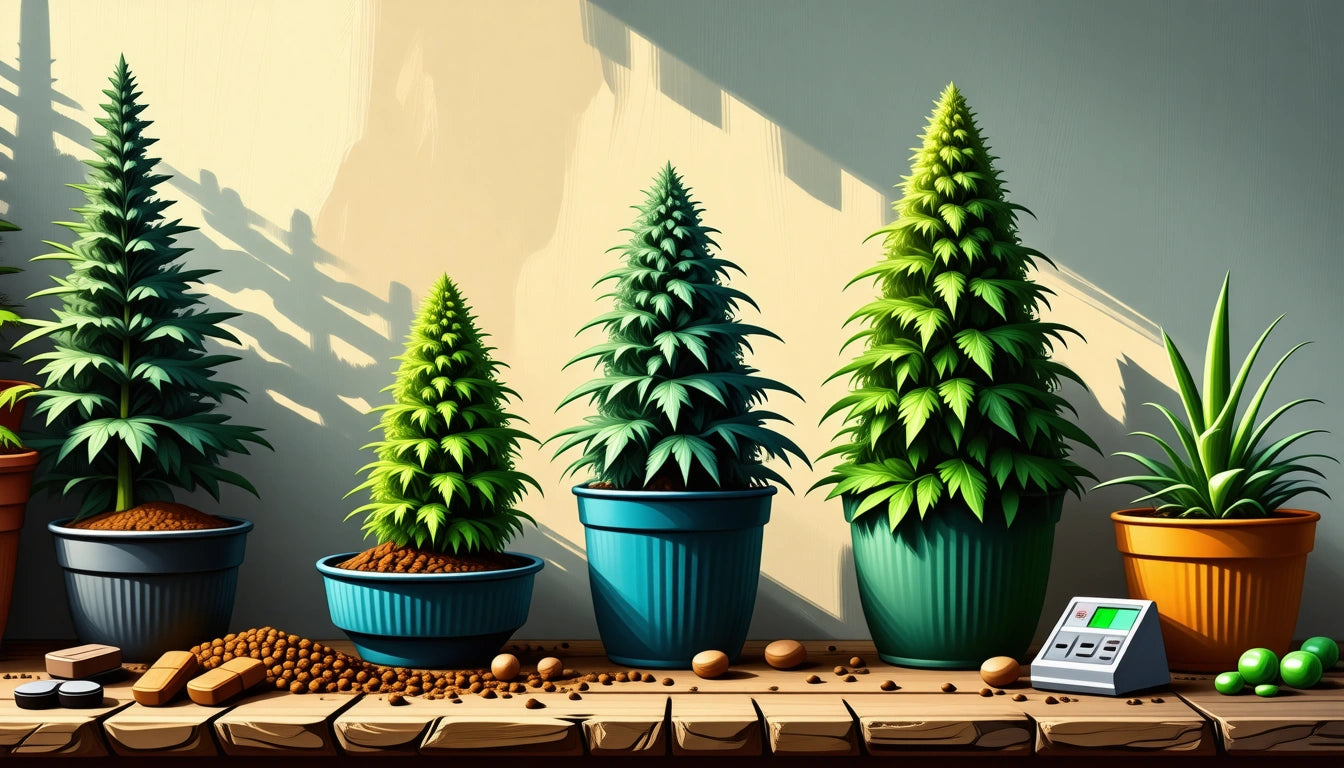Table of Contents
- Edibles and Metabolism: Separating Fact from Fiction
- The Appetite Paradox: How Edibles Influence Hunger
- Why Edibles Make You Thirsty: The Hydration Connection
- Timing and Food Interactions: Maximizing or Minimizing Effects
- Strain Selection for Appetite Control
- Optimizing Your Edible Experience: Practical Recommendations
How Edibles Affect Appetite, Metabolism, and Hydration
Cannabis edibles affect more than just your mental state. Many users report significant changes in appetite, metabolism, and hydration levels after consumption. Understanding these physiological effects can help consumers make informed choices about when and how to use edibles, especially for those concerned about weight management or dehydration.
Edibles and Metabolism: Separating Fact from Fiction
Contrary to popular belief, edibles themselves don't directly speed up metabolism. However, the cannabinoids in edibles interact with the endocannabinoid system, which plays a role in metabolic regulation. THC, the primary psychoactive compound in cannabis, binds to CB1 receptors that influence metabolic processes.
According to research on how edibles affect different people, metabolic responses vary significantly between individuals. Factors influencing these differences include:
- Baseline metabolic rate
- Body composition
- Liver enzyme activity
- Frequency of cannabis use
Regular cannabis users may experience changes in insulin sensitivity and glucose metabolism, but these effects don't necessarily translate to significant weight changes for most people.
The Appetite Paradox: How Edibles Influence Hunger
The question "do edibles make you hungry?" has a complex answer. While many users experience the famous "munchies" effect, others report appetite suppression. This paradoxical response depends on several factors:
Why Edibles Stimulate Appetite
THC activates CB1 receptors in the hypothalamus, triggering the release of ghrelin (the hunger hormone) and enhancing sensory perception of food. This mechanism explains why many users experience intense hunger after consuming edibles, as detailed in our exploration of the science behind the munchies.
When Edibles Suppress Appetite
In some cases, edibles containing higher CBD ratios or specific terpene profiles may actually reduce appetite. Additionally, some users report decreased hunger during the initial onset of effects, particularly with stronger edibles that cause mild nausea or discomfort.
For those wondering "can edibles make you lose appetite," the answer is yes, particularly with products high in THCV or certain CBD-dominant formulations.
Why Edibles Make You Thirsty: The Hydration Connection
Many users wonder, "why does edibles make you thirsty?" This common side effect occurs because cannabinoids affect saliva production and can cause mild dehydration. THC temporarily inhibits the production of saliva by binding to receptors in the submandibular glands, resulting in dry mouth (xerostomia).
To maintain proper moisture levels during consumption, many cannabis producers incorporate humidity control solutions for their products to ensure freshness and prevent further dehydrating effects. These solutions help maintain product quality while consumers should remember to hydrate adequately.
Beyond dry mouth, cannabis can affect overall fluid balance in the body by influencing vasopressin release, the hormone responsible for water retention. This explains why proper hydration is essential when consuming edibles.
Timing and Food Interactions: Maximizing or Minimizing Effects
The question "does eating after an edible make you more high?" has practical implications for users. Consuming food after taking an edible can affect its absorption and metabolism in several ways:
- Eating fatty foods may increase THC absorption, as cannabinoids are fat-soluble
- A full meal can slow absorption but potentially extend the duration of effects
- Empty stomach consumption typically leads to faster onset but potentially more intense effects
The relationship between fat consumption and edible potency is particularly interesting. Since THC is lipophilic (fat-loving), consuming edibles with fat-containing foods can enhance absorption. This is why many commercial edibles incorporate butter, oils, or other fats in their formulations, as explained in our comprehensive guide on edibles effects and potency.
Strain Selection for Appetite Control
For those interested in specific appetite effects, strain selection matters significantly. When considering "what strain makes you hungry," indica-dominant varieties with high myrcene content often produce the strongest appetite stimulation. Conversely, strains high in THCV (often found in African sativas) may suppress hunger.
Popular appetite-stimulating strains include:
- Wedding Cake
- Granddaddy Purple
- Girl Scout Cookies
- Northern Lights
For those seeking appetite suppression, consider strains with higher CBD:THC ratios or those containing THCV, such as Durban Poison or Doug's Varin.
Optimizing Your Edible Experience: Practical Recommendations
Based on the physiological effects discussed, here are practical recommendations for managing appetite, metabolism, and hydration when using edibles:
- Stay well-hydrated before, during, and after consumption
- Consider timing edibles around meals based on desired effects
- Start with low doses to assess individual metabolic response
- Choose specific cannabinoid profiles based on appetite goals
- Monitor food intake during the "munchies" phase by preparing healthy options
Understanding your body's unique response to edibles requires experimentation and careful observation. As research on varying edible reactions shows, individual responses can differ dramatically based on metabolism, body composition, and tolerance.
By paying attention to these physiological factors, consumers can better predict and manage the effects of edibles on their appetite, metabolism, and hydration levels, creating more consistent and enjoyable experiences.











Leave a comment
All comments are moderated before being published.
This site is protected by hCaptcha and the hCaptcha Privacy Policy and Terms of Service apply.